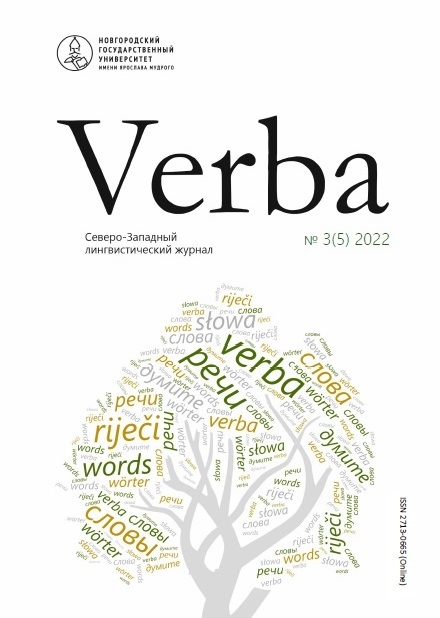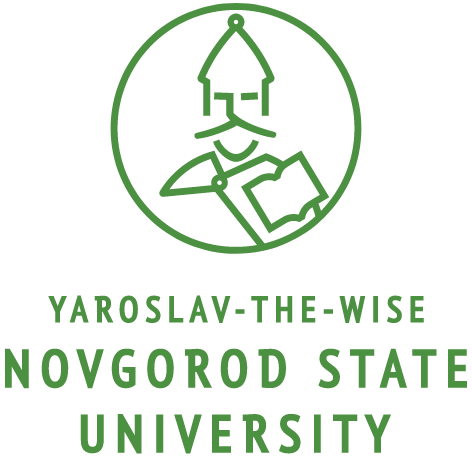N. Hornby's complex creative similes
DOI:
https://doi.org/10.34680/VERBA-2022-3(5)-79-90Keywords:
simile, extended simile, individual style, cultural linguisticsAbstract
This article is dedicated to the study of the complex creative simile as one of the linguistic devices which determine the British writer Nick Hornby’s poetic style. The aim of the study was to identify the features of N. Hornby's complex creative similes and classify them. Through a continuous selection of complex creative similes from seven novels by N. Hornby, we have compiled a bank of author's complex creative similes, consisting of 862 units. The found similes were analyzed from the point of view of semantics, stylistics, pragmatics, grammar and morphology. Our classification is based on the type of the component responsible for the creativity of the entire simile, namely the object. Five types of author's complex creative similes have been obtained, where a typical situation, a culture marker, a combination of a typical situation and a culture marker, a quasi-distant event, a material object or phenomenon act as an object. As innovative options for a creative simile, it seems possible to name the author's similes with an anticipatory element in the form of a figure of speech, as well as a simile with a quasi-distant event as an object. The results obtained demonstrate the role of the studied language tool in the formation of N. Hornby's style and contribute to a deeper and more detailed understanding of his work.
Downloads
Downloads
Published
How to Cite
Issue
Section
License
Copyright (c) 2022 Verba

This work is licensed under a Creative Commons Attribution-NonCommercial 4.0 International License.








